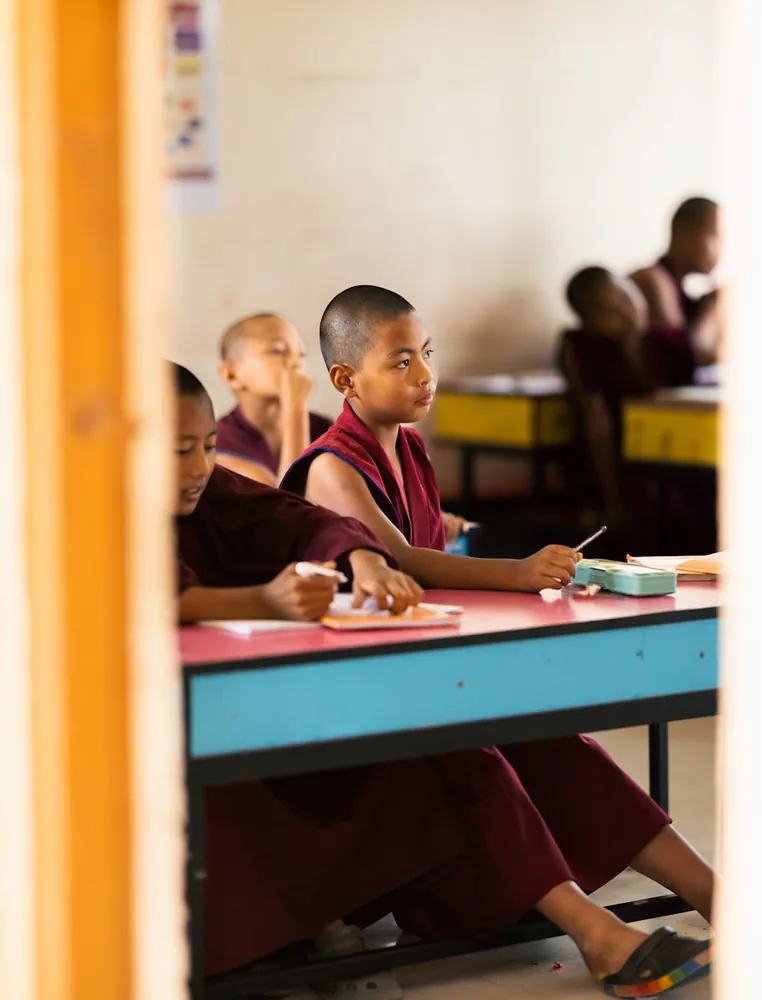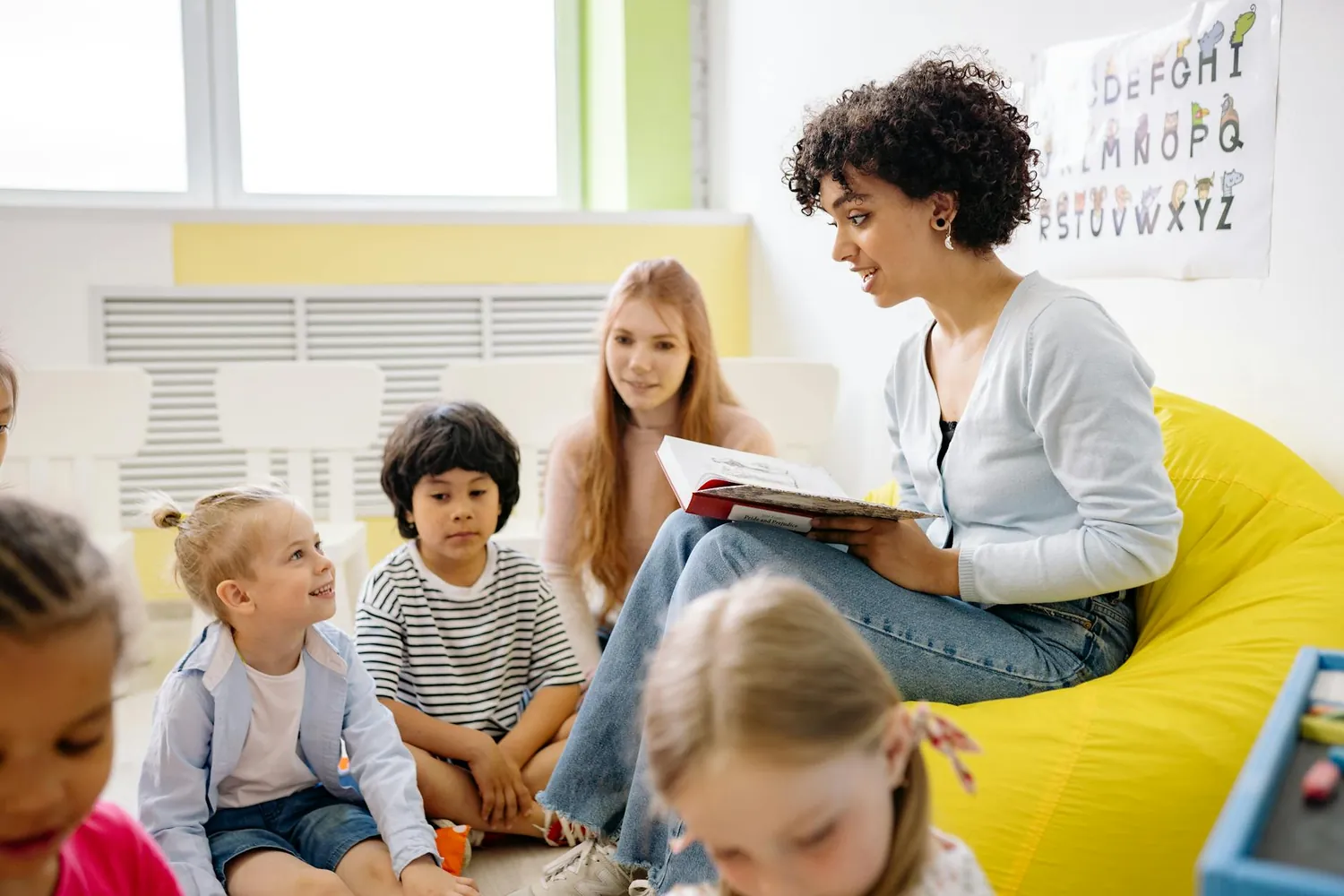Mindfulness Implementation: Best Practices for Educators and Students

Understanding Mindfulness in Education
Mindfulness has gained significant traction in educational settings, offering a profound way to enhance students' well-being and concentration. Originating from ancient meditation practices, mindfulness is about paying attention to the present moment with openness and curiosity. In schools, this translates into improved focus, emotional regulation, and stress management for both students and teachers.
Benefits of Mindfulness in the Classroom
The incorporation of mindfulness in education can lead to various benefits:
- Improved Focus: Mindfulness practices help students concentrate better by training their attention on the task at hand.
- Emotional Regulation: Regular mindfulness activities can help students manage their emotions more effectively, leading to a calmer classroom environment.
- Stress Reduction: Techniques such as deep breathing and visualization can significantly reduce anxiety and stress levels.
- Enhanced Well-Being: A mindful approach promotes overall mental health and personal growth, benefiting students academically and socially.
Simple Mindfulness Exercises for the Classroom
Breathing Exercises
Introduce simple breathing exercises that students can do at their desks. One effective method is the 4-7-8 breathing technique: inhale quietly through the nose for four counts, hold the breath for seven counts, and exhale completely through the mouth for eight counts. This can be practiced at the beginning of class to set a calm tone.
Mindful Listening
Encourage students to engage in mindful listening by sitting silently and focusing on ambient sounds around them, like the hum of a fan or distant conversations. This exercise enhances their ability to listen attentively during lessons.
Body Scan
A body scan involves guiding students to focus on different parts of their bodies, starting from the toes and moving upwards. This practice helps them become more aware of physical sensations and relaxes tense muscles.
Timing Mindfulness Activities
The timing of mindfulness exercises is crucial to maximize their effectiveness. Here are some suggestions:
- Start of Class: Conduct brief mindfulness sessions to help students transition from previous activities and prepare mentally for learning.
- Before Tests: Use mindfulness to alleviate test anxiety by helping students calm their nerves before examinations.
- Post-Lunch: Implement short mindfulness breaks to help refocus students who may be lethargic or distracted after lunch.
Cultivating a Supportive Environment
Create a Mindful Space
A designated corner in the classroom with soft lighting, calming visuals, and comfortable seating can serve as a mindfulness retreat for students needing a quiet moment.
Encourage Open Discussion
Create an atmosphere where students feel comfortable discussing their feelings and experiences related to mindfulness practices. Encouraging them to share feedback helps refine approaches and fosters a community of support.
Teacher Modeling
Teachers should model mindfulness themselves, showcasing its importance. When educators practice what they teach, it reinforces the value of these practices and encourages student participation.
Challenges and Solutions
While integrating mindfulness into schools offers many benefits, it also presents challenges such as time constraints and varying levels of student receptiveness. Address these issues by:
- Starting Small: Implement mindfulness in manageable increments, gradually expanding as students become more accustomed.
- Providing Choice: Allow students some control over which mindfulness techniques they prefer, increasing engagement through autonomy.
The Role of Technology in Mindfulness Education
Technology can play a supportive role in mindfulness education by providing resources like guided meditation apps and online mindfulness programs. However, it's important to balance screen time with traditional methods to maintain the authenticity of the practice.
Conclusion: Tailoring Mindfulness to Your Classroom
The implementation of mindfulness practices in education requires thoughtful consideration of classroom dynamics and individual needs. By tailoring exercises to suit specific groups and circumstances, educators can foster an environment conducive to learning and personal growth. The ultimate goal is not only academic success but also nurturing well-rounded individuals equipped with skills for life-long well-being.





